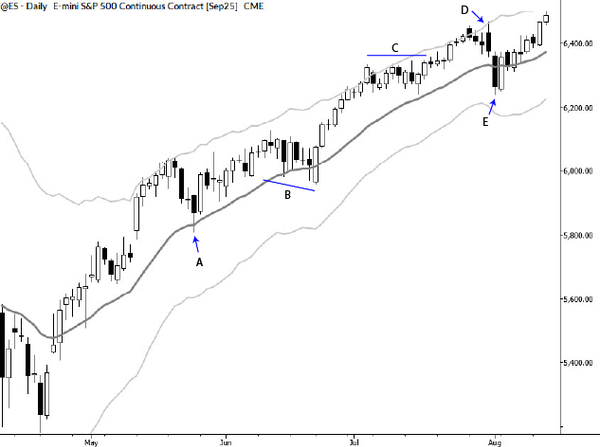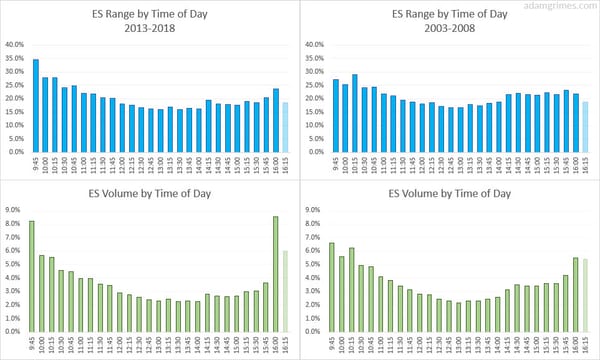The Art and Science

[dc]I[/dc] wanted to take a few minutes today to share some thoughts about my book, The Art & Science of Technical Analysis

, which is now available for purchase on Amazon.com and in bookstores. I think this book is a valuable contribution to the trading literature, as it offers some help to struggling traders, a number of quantitative tools for understanding your trading performance, a deep look into the problems of risk management and position sizing, as well as a perspective on the psychological issues of trading. Today, I'd like to talk a little bit about my approach to technical trading and market patterns in general.

I suppose I had always, for a long time, known that I would write a book. My trading journey has taken me down some interesting paths, and I learned a lot, even from the dead ends and wrong turns. I’ve had experience in virtually every liquid market (futures, stocks, currencies, options and some other derivatives), and have done everything from longer-term investing with baskets to spread trading to short-term directional trading. I’ve also been fortunate to have experienced what it’s like to be a trader in a wide range of settings—I started trading for my own account on a shoestring budget (a few thousand dollars in a futures account. Yikes. A plan virtually guaranteed to assure failure), and have now worked in a range of institutional settings as well. I've also been fortunate to work with a number of traders at all stages of development--from beginning traders, to budding professional traders, to experienced floor traders with decades of experience. I wrote this book to try to crystallize some of the experiences and lessons I had learned on my journey, with the hope that they might be interesting and helpful to some other people as well.
There are hundreds of trading books out there, so you might ask the question, “What’s different? Why did we need a new book?” Probably the biggest distinguishing feature is my focus on market structure and price action instead of simply presenting patterns to trade. In the book, I make the distinction that price action is a broad term that refers to essentially “how the market moves." What happens after large moves? What happens when markets get quiet and volatility contracts? Are there patterns that suggest a move in one direction is more likely than a move in another? These questions, and many more, have been studied deeply with statistical tools across a wide range of markets and timeframes, and we now how some answers. If price action is how markets move, market structure is the patterns these movements create in past prices. In the book, I described it as:
Price action market structure
So, this perspective encourages a new way of thinking about trading patterns. Most traders (myself included) begin by learning some patterns, whether it be a combination of candles, an indicators pattern, or something else, and then they try to find the pattern in the market and put on the correct trade. My approach gives you the tools to understand the bigger picture message of the market, in a way that goes far beyond traditional multiple timeframe analysis. Once you understand what the current market structure says about future price direction, you can then apply any number of patterns to actually put on and manage trades. Most struggling traders are simply trying to do things that are too simple to be effective in the market, and they try to patch the holes with money management and psychological work. These things are important, but if you don't have an actual edge in the market, it is all in vain. My book is designed to put some powerful trading edges in your hands and to make you think carefully about the problems you face in the marketplace.



